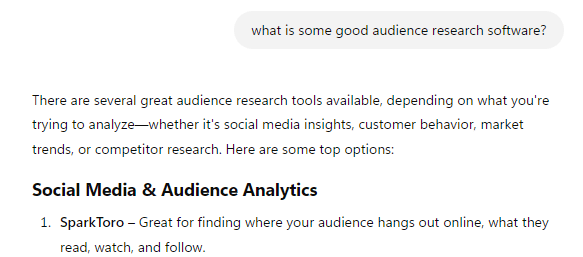In the world of marketing, “last touch attribution” is very popular. It essentially says that no matter what a potential customer does before they find you, the last thing is all that really matters.
For example, if someone sees a great video that you posted, then connects with you on LinkedIn, then listens to your podcast, and then clicks over to a blog on your site, and then contacts you to start an engagement, the blog post receives 100% of the credit for that transaction. This is both understandable and problematic.
It’s understandable because some of those touchpoints are invisible to us. We don’t generally know who specifically watched a video or listened to an episode of a podcast, so we can’t directly attribute those anyhow.
It’s problematic because the last touch likely only happened because of the previous touches.
Blumer CPAs
I’ve shared the story of Jason Blumer and his CPA firm before, but it’s worth sharing again now because it illustrates this perfectly. We’re a happy client of his, and here is how we found him (over the course of around five years):
- We heard him speak at a conference.
- We subscribed to his blog.
- We subscribed to his podcast.
- We connected with him on LinkedIn (where he shares great stuff).
- We Googled his company so we could reach out to become a client of his.
If they used last touch attribution they’d say “Ah-ha! Mickey found us through Google, so that’s what we need to invest more in. More SEO, more ads, more Google.“
It’s technically true, but it misses the point. We indeed searched Google to find him, but it was because of his speaking, his blogging, his podcast, his LinkedIn content and things like that. Without those efforts, we never would have searched for him.
If he were to change tack and stop everything to focus on Google (because that’s what “worked”), he’d lose.
That’s not to say that working to improve your Google standing is a bad thing, for sure. That’s a key part of marketing and shouldn’t be ignored. However, while Google still drives most of the traffic on the internet, the vast majority of it is for branded searches because people already know what they’re looking for.
Pay attention to the last touches that lead customers to you, but don’t skip all of the others or you’re likely to make some bad decisions.
